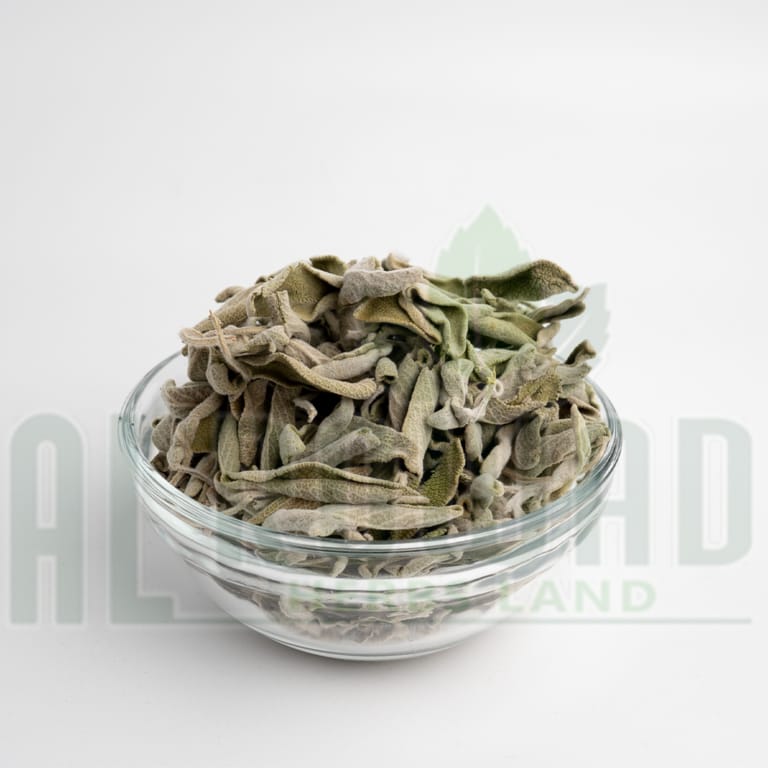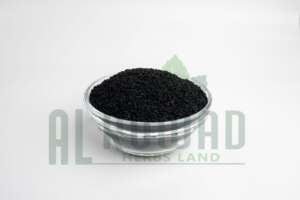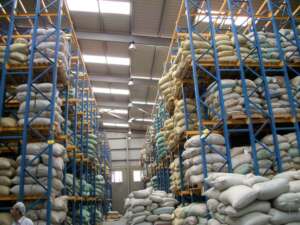Sage
sage was called “the holy herb”, Roman referred to saga like this due to its benefits that they figured out early, sage was thought to strengthen the memory and promote wisdom.
Sage is an attractive plant that can survive in hot weather and tolerate drought. It is a perennial subshrub that has woody stems and grayish leaves, and beautiful purplish flowers bloom over it.

Overview of sage
- Sage is a member of the mint family “lamuaceae”, it originally grows in the mediterranean region but recently it gets commonly grows in many other places over the world.
- The size of sage is variable, also its leaf, flower color and foliage pattern.
- its width and height used to be 50cm.
- The flower of sage bloom in late spring or summer in various colors such as purple, white, pink , and red; they are borne in spikes that attract bees, butterflies, and hummingbirds.
- The leaves of sage are gray-green, mostly white underneath because of the soft hairs that are short and many, in addition being rough or wrinkled.
Benefits of sage
- They were treating sage in a special way and considering it holy because of the several nutrients it has, protein, carbs, vitamin K, iron.
- Sage relieves menopause symptoms, in this period the body stryggles with many symptoms like hot flashes and vaginal dryness that can be eased by just having sage.
- Sage reduces blood sugar levels, it is considered a diabetes treatment.
- It enhances memory and mental health because of antioxidants it has.
- Fresh sage has been used to heal diarrhea a long time ago and still effective in such conditions.
- It can be used as a spice, some people mix it up with flour to make bread.
- It is eaten as a vegetable as well.
After learning some pieces of information, if you want to get advantage of its benefits and bring the best quality of it to guarantee the full benefit you do not have any choice except Al Rowad Herbs Land For Import & Export.












